In the diverse world of avian adaptation, one of the most remarkable survival mechanisms is the ability of certain bird species to thrive without regular access to fresh drinking water. While most creatures require fresh water for survival, these specialized birds have evolved extraordinary physiological and behavioral adaptations that allow them to extract moisture from their food, metabolize water internally, or tolerate significant levels of salt intake. From seabirds soaring over endless ocean expanses to desert dwellers that rarely encounter rainfall, these feathered marvels demonstrate nature’s ingenious solutions to one of life’s most basic needs. Their adaptations not only highlight evolutionary innovation but also provide insights into potential survival strategies in increasingly water-scarce environments.
The Physiological Marvel of Salt Glands
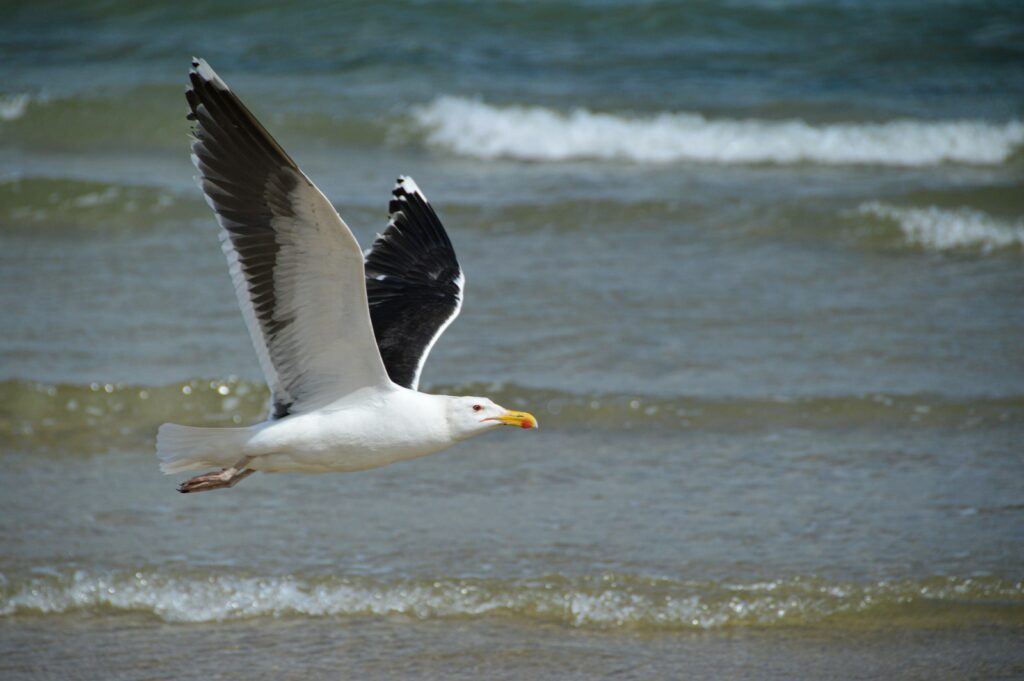
Many seabirds possess specialized salt glands, typically located above their eye sockets, that function as highly efficient desalination systems. These remarkable organs filter salt from the bloodstream and produce a concentrated salt solution that is excreted through the nostrils or the corners of the mouth. Species like albatrosses, petrels, and gulls can drink seawater directly thanks to these glands, which remove excess salt before it reaches toxic levels in their bodies. The salt solution produced is significantly more concentrated than seawater itself, sometimes containing up to twice the salt concentration. This evolutionary adaptation allows these birds to spend months or even years at sea without ever needing to find fresh water, relying entirely on the ocean for both food and hydration.
Metabolic Water Production
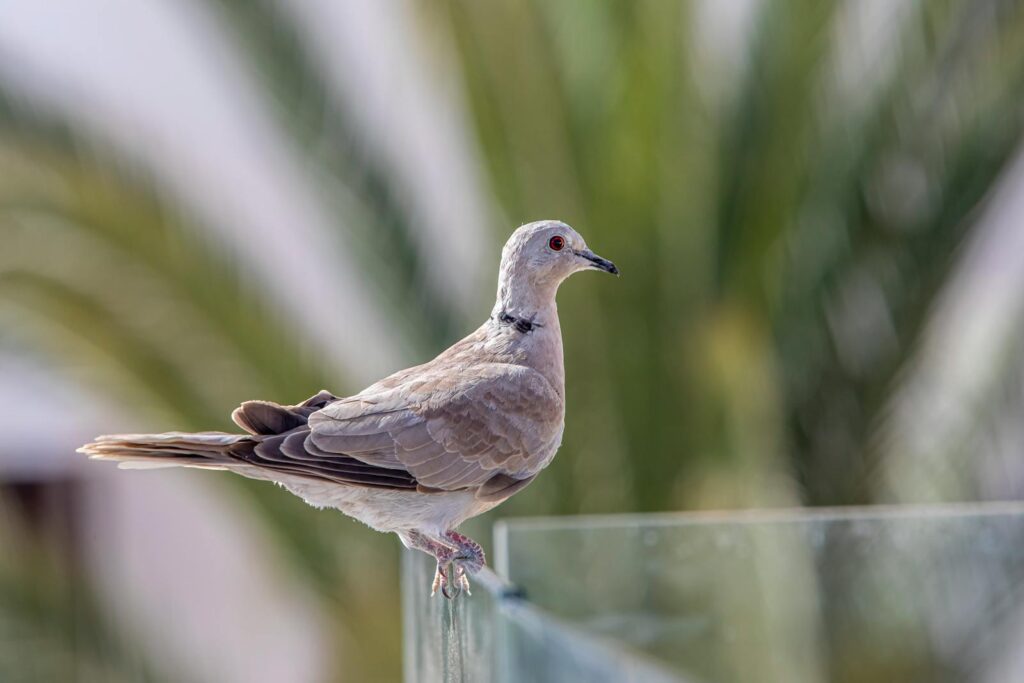
Birds have developed the remarkable ability to produce water internally through their metabolism, a process known as metabolic water production. When birds break down fats, proteins, and carbohydrates from their food, water is generated as a byproduct of these chemical reactions. For certain species, particularly desert dwellers like the sandgrouse and some desert-adapted doves, this metabolic water can constitute a significant portion of their daily water requirements. Fat metabolism is especially water-efficient, producing more metabolic water per gram than carbohydrate or protein breakdown. Some desert birds have evolved to store fat specifically for this purpose, essentially carrying an internal water reservoir that helps them survive extended periods without drinking.
Dietary Adaptations for Water Conservation
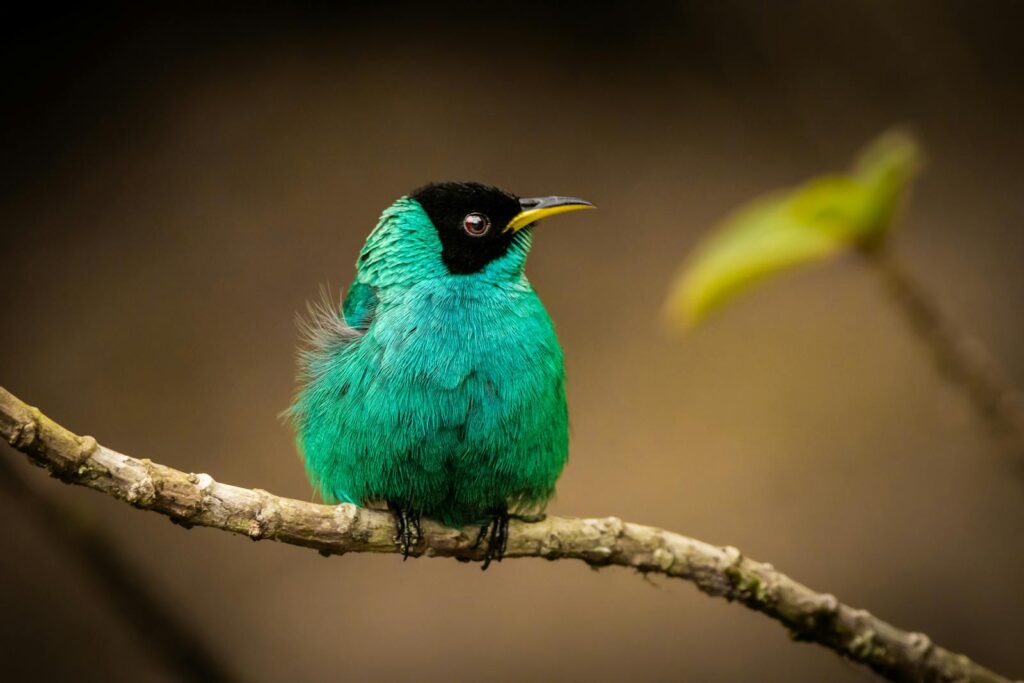
Many birds that survive without drinking fresh water have specialized diets that maximize their moisture intake from food sources. Fruit-eating birds like certain tropical species extract substantial amounts of water from the juicy fruits they consume, effectively drinking and eating simultaneously. Carnivorous birds such as roadrunners obtain most of their moisture requirements from the body fluids of their prey, eliminating the need to seek out water sources. Desert seed-eaters have evolved digestive systems that extract the maximum amount of moisture even from seemingly dry seeds. Some species, like the Namaqua sandgrouse of Africa, have evolved specialized feathers on their undersides that can absorb and transport water back to their nests, functioning as living water carriers for their chicks.
Behavioral Water Conservation Tactics
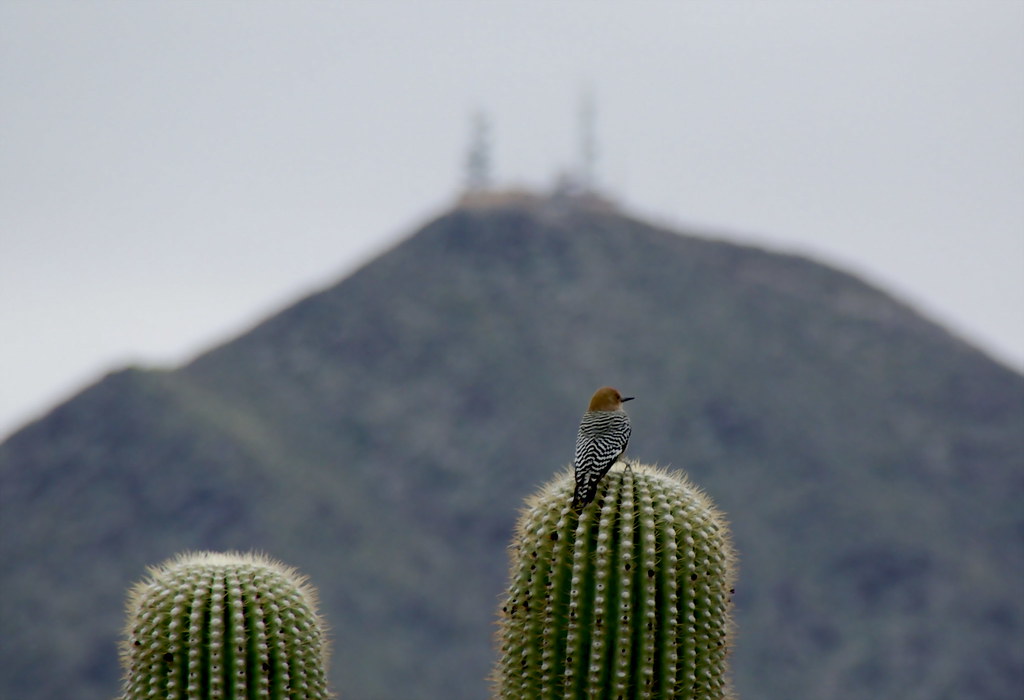
Birds that survive in water-scarce environments employ numerous behavioral strategies to minimize water loss. Many desert birds remain inactive during the hottest parts of the day, sheltering in shade to reduce water loss through respiration and evaporation. Nocturnal activity patterns are common among desert species, allowing them to forage when temperatures are cooler and humidity is higher. Some species, like the desert-dwelling Gila woodpecker, will excavate cavities in cacti not only for nesting but also to access the moist interior tissues during drought conditions. Multiple bird species have been observed taking advantage of morning dew by flying through vegetation and then preening the collected moisture from their feathers, essentially “bathing” in dew to gain hydration.
Respiratory Moisture Conservation

Birds have evolved specialized respiratory systems that help minimize water loss during breathing. Unlike mammals, birds possess a countercurrent heat exchange system in their nasal passages that helps recapture moisture from exhaled air before it leaves the body. This adaptation is particularly pronounced in desert and marine species, where water conservation is critical for survival. Some seabirds can reduce respiratory water loss by up to 80% through this mechanism, significantly extending their ability to remain at sea without fresh water. Desert birds often have specialized structures in their nasal passages that not only conserve moisture but also filter out sand and dust, serving dual purposes in harsh environments.
Kidney Adaptations and Concentrated Urine
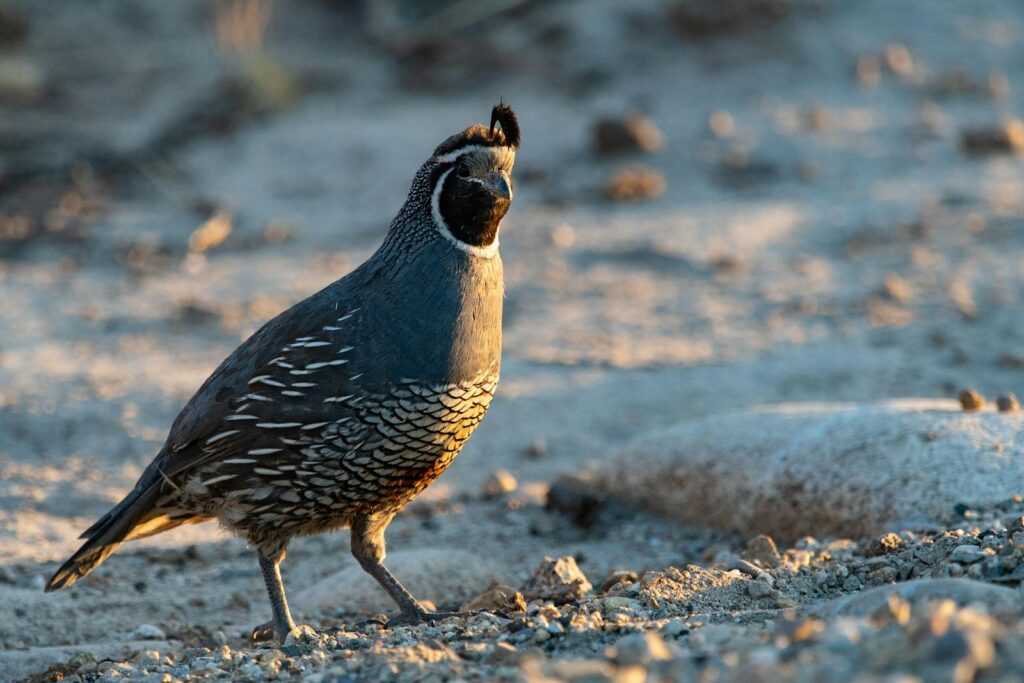
Birds that survive without regular access to fresh water typically possess highly efficient kidneys capable of producing extremely concentrated urine. Unlike mammals, birds excrete nitrogenous waste primarily as uric acid rather than urea, which requires significantly less water to eliminate from the body. This adaptation allows birds to conserve precious body water while still effectively removing metabolic waste products. Desert species like the desert-adapted quail have kidneys with an exceptionally high number of nephrons, the filtering units within kidneys, which maximize water reabsorption. Some seabirds can produce urine that is more concentrated than seawater itself, a remarkable feat of physiological adaptation that helps maintain their water balance despite drinking salt water.
The Remarkable Case of the Sandgrouse
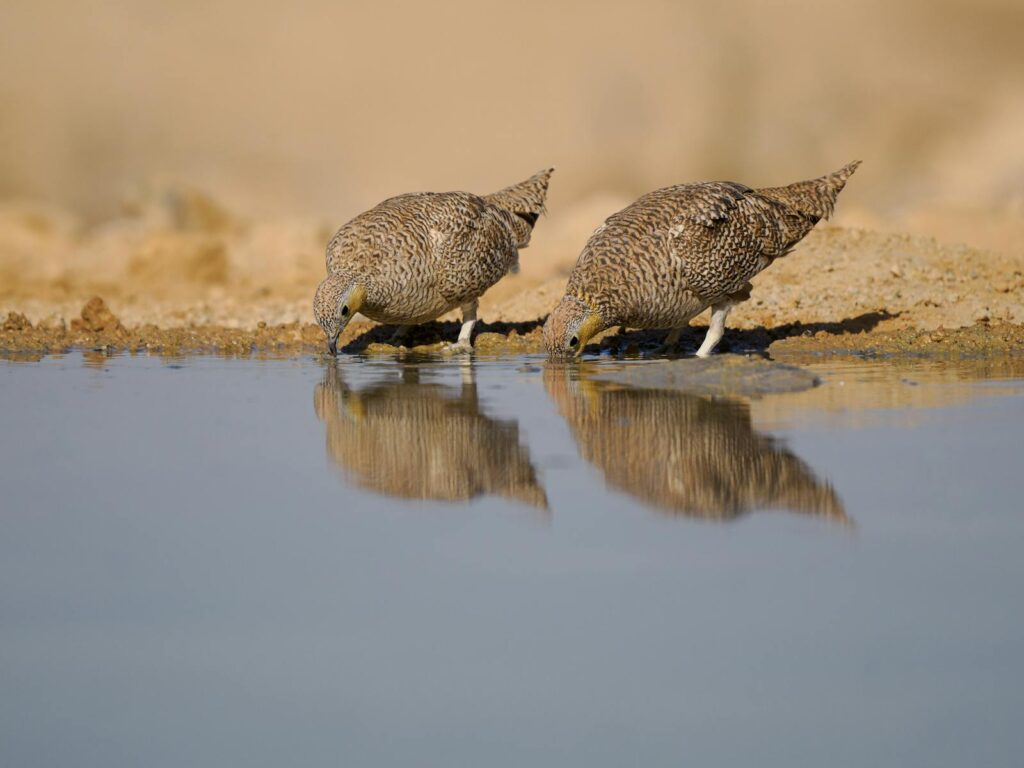
Sandgrouse species represent one of the most fascinating examples of adaptation to waterless environments, particularly among the males who have evolved specialized belly feathers that function as water-carrying devices. These unique feathers can absorb and hold up to 25 milliliters of water, which male sandgrouse transport back to their nests after flying considerable distances to reach water sources. The males will squat in water for several minutes, allowing their specialized belly feathers to soak up the liquid like a sponge. When they return to the nest, the chicks extract the water directly from the father’s feathers through a specialized drinking behavior. This remarkable adaptation allows sandgrouse to nest far from water sources while still providing hydration for their developing young in arid environments.
Seabirds: Masters of Oceanic Survival
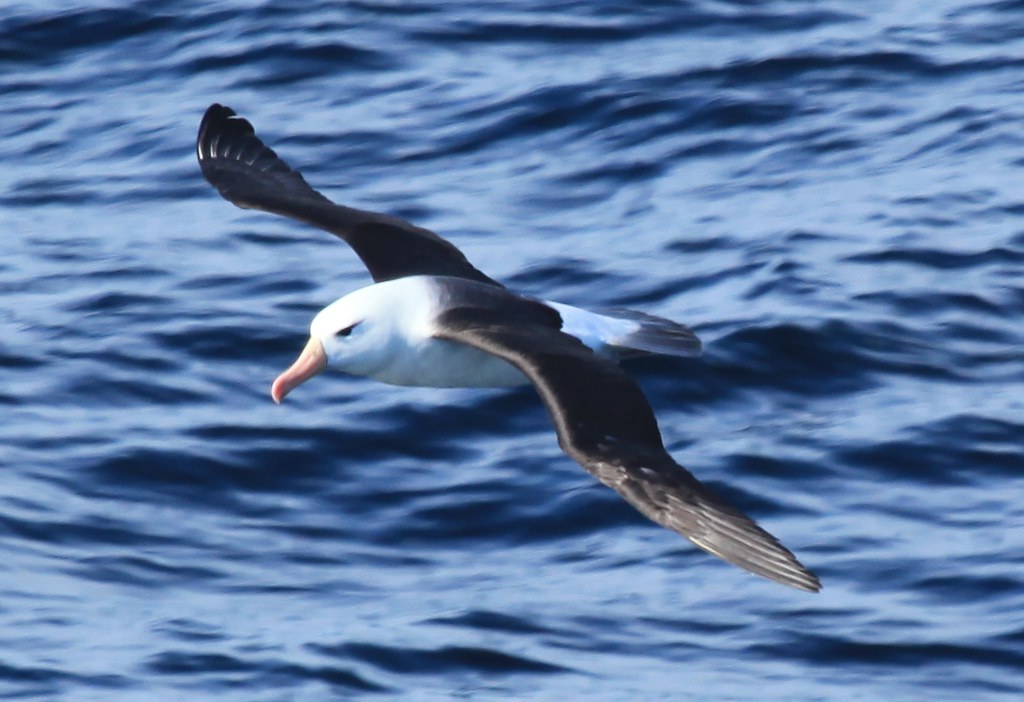
Seabirds represent perhaps the most extreme example of birds surviving without fresh water, as many species spend months or even years without ever touching land or encountering non-saline water. Albatrosses, for instance, can stay at sea for up to five years continuously during their juvenile phase, relying entirely on seawater processed through their salt glands. Petrels and shearwaters have optimized their salt gland function to such an extent that they can drink seawater directly with no ill effects. Some pelagic seabirds also supplement their hydration through specialized feeding techniques, such as skimming the surface to capture prey with minimal effort, reducing their metabolic water needs. The combination of salt glands, metabolic water production, and water-rich prey allows these oceanic birds to remain independent of fresh water throughout most of their lives.
Desert Birds: Thriving in Extreme Aridity
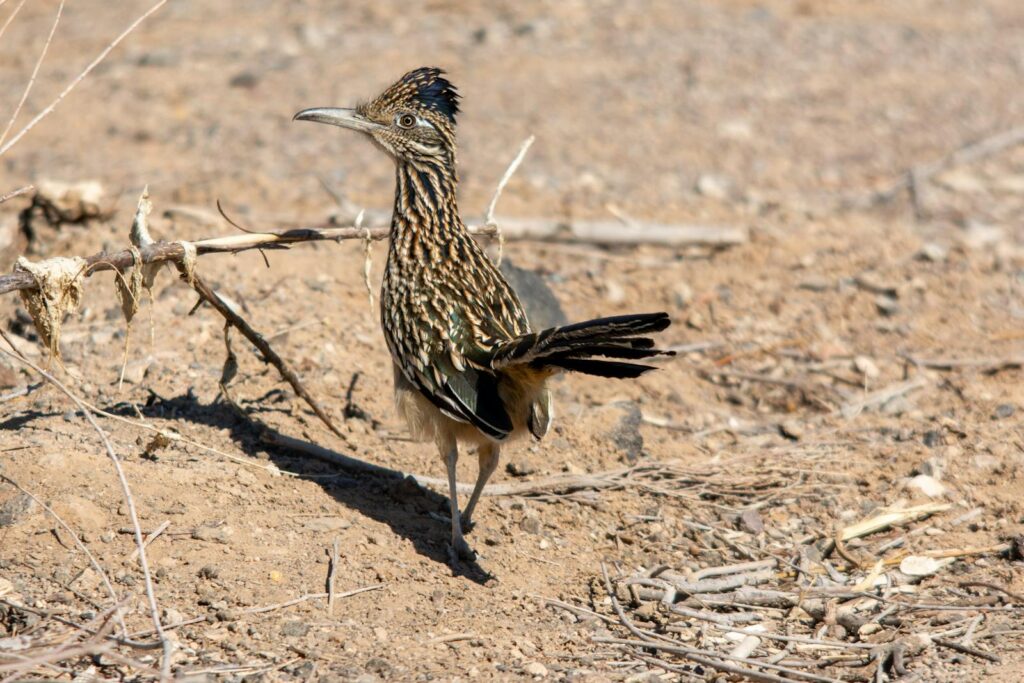
Birds native to extreme desert environments have developed multifaceted approaches to water independence that combine physiological, behavioral, and morphological adaptations. The greater roadrunner, a desert icon, obtains nearly all its water from the prey it consumes, supplemented by the occasional consumption of fruits from desert plants. Many desert-dwelling birds have evolved reduced basal metabolic rates, which minimize water loss through reduced respiration and metabolic heat production. The kangaroo rat, while not a bird, shares similar desert adaptations and can survive its entire life without drinking, producing all necessary water through metabolism. Desert birds often exhibit specialized plumage that provides excellent insulation against heat while minimizing water loss through the skin, creating a microclimate that preserves body moisture even in extreme heat.
Water-From-Air Harvesting Techniques
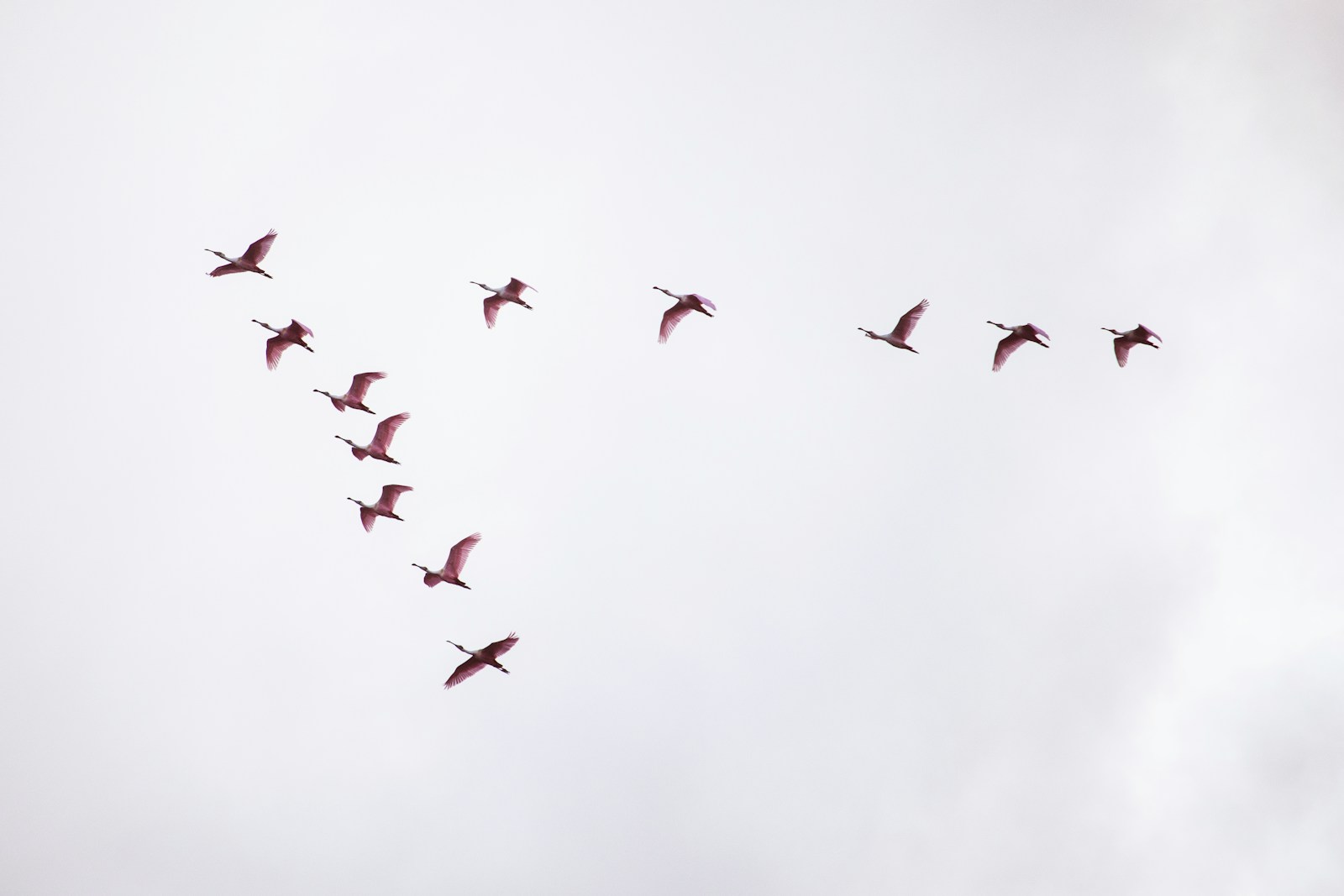
Some birds have developed remarkable abilities to harvest atmospheric moisture even in seemingly dry environments. Certain desert species have been observed taking advantage of temperature differentials by pressing their bodies against cool rocks or soil in the early morning, allowing condensation to form on their feathers which they then consume through preening. The Namib Desert beetle employs a similar strategy with specialized wings that harvest fog moisture, and some desert birds appear to have adopted comparable behavioral techniques. Many birds will fly through morning mist or light fog, collecting moisture on their feathers which they can later consume during preening. In coastal desert regions, some species have learned to take advantage of sea fog, positioning themselves on elevated perches where fog condenses most readily, effectively “drinking” from the air.
Evolutionary Pathways to Water Independence

The ability to survive without drinking water has evolved independently in multiple bird lineages, demonstrating convergent evolution in response to similar environmental pressures. Molecular studies reveal that the genes governing salt gland development in distantly related seabirds share remarkable similarities despite their independent evolutionary origins. The adaptations for water independence often appear in stages, with fossil evidence suggesting gradual modifications to kidney structure and salt gland development over millions of years. Research into the genomics of desert birds has identified specific gene adaptations related to water metabolism that show evidence of positive selection pressure, highlighting how crucial these traits are for survival. In many cases, birds that evolved water independence did so as a response to expanding into new ecological niches where competitors were few but water sources were scarce.
Climate Change Implications for Water-Independent Birds
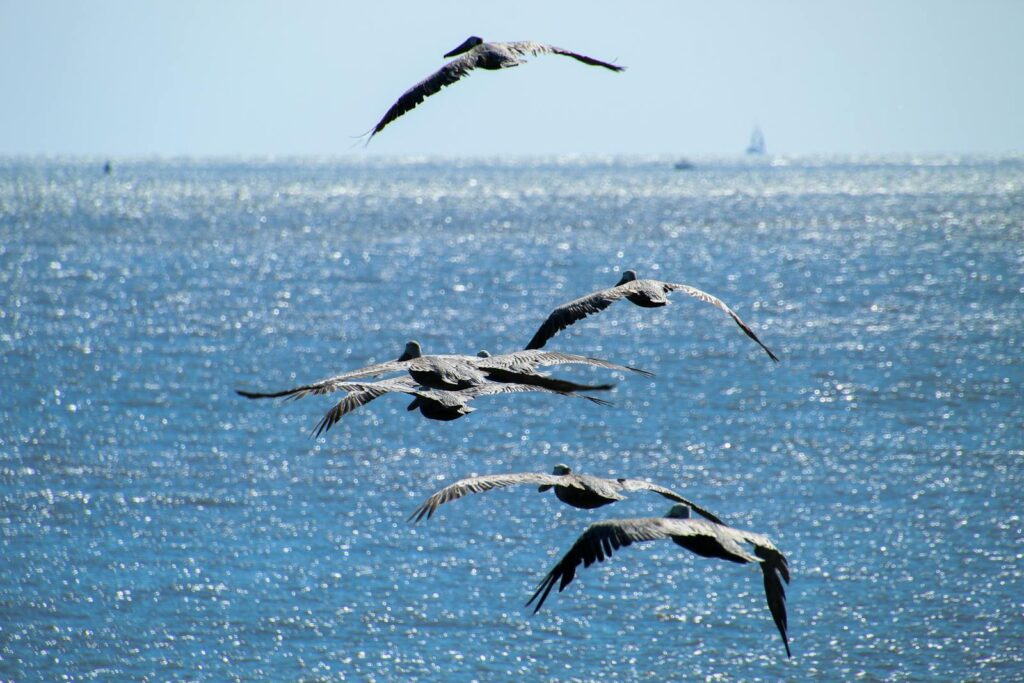
While water-independent birds demonstrate remarkable adaptations, climate change presents new challenges even to these specialized species. Rising global temperatures may push some species beyond their physiological limits, as extreme heat increases water requirements even for the most adapted birds. Changing precipitation patterns are altering the availability of prey and plant foods that provide crucial moisture sources for birds that don’t drink directly. Some seabirds with salt gland adaptations are showing signs of stress as ocean acidification and warming affect their prey species, potentially reducing the water content of their diet. Paradoxically, some desert-adapted birds may face challenges from increased rainfall in previously arid regions, as they are specialized for extremely dry conditions and may face new competition from less specialized species that can move into newly hospitable habitats.
The remarkable adaptations that allow certain birds to survive without drinking fresh water showcase nature’s extraordinary capacity for specialization and problem-solving. From the sophisticated salt glands of seabirds to the specialized water-carrying feathers of sandgrouse, these evolved mechanisms demonstrate how life finds a way even in the most challenging circumstances. As water scarcity becomes an increasing global concern in the face of climate change, the strategies employed by these birds may offer valuable insights for conservation and even biomimetic applications in human water management. These avian adaptations remind us of the incredible diversity of solutions that can emerge when evolutionary processes address one of life’s most fundamental challenges: the need for water.
